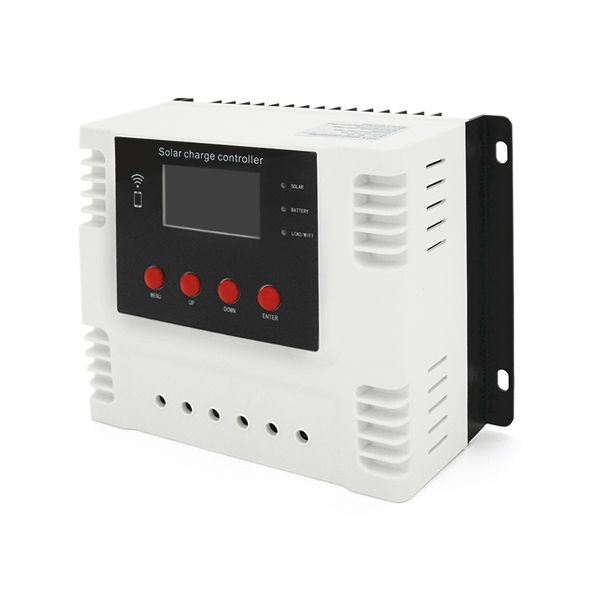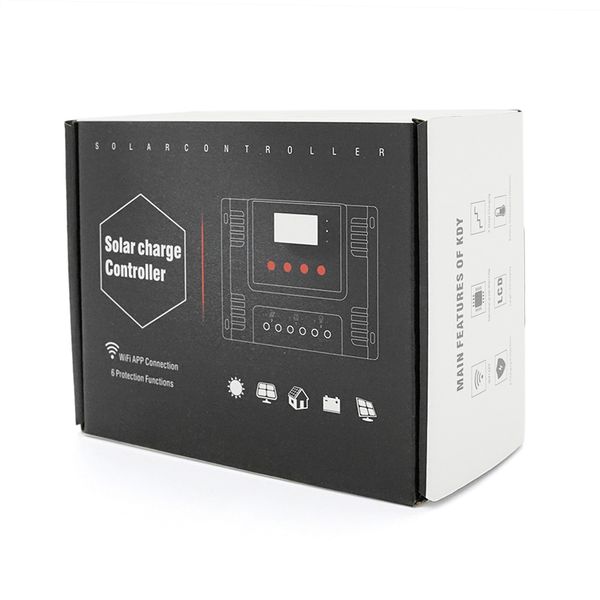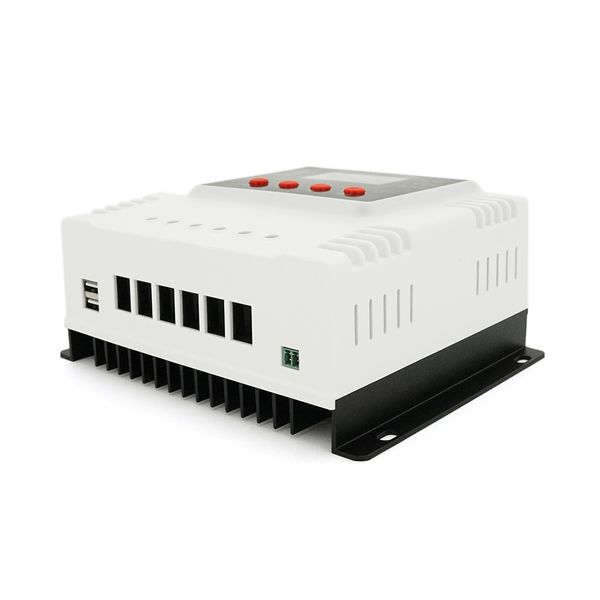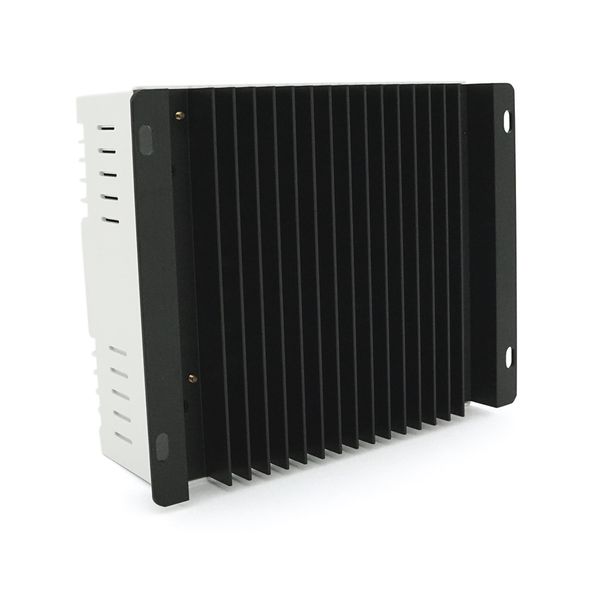A solar battery charge controller is a device for regulating the charge and discharge of a rechargeable battery (AB). It is connected between the energy source (solar panel) and the storage device (battery) to perform the following functions:
overcharge protection - when the solar panel generates too much electricity and the battery is already fully charged, the controllers turn off the energy source to reduce the current flowing in the battery;
protection against deep discharge - when there is excessive energy consumption, and the battery is already unacceptably discharged, the controller turns off some or all of the load;
blocking reverse currents - solar panels pass current through the battery in one direction. At night, the panels may naturally allow some of this current to flow in the opposite direction. This may cause the battery to drain slightly. Charge controllers prevent this by acting like a valve;
Overload Protection - If the batteries are carrying a current much higher than they can handle, it can cause the system to overheat or even catch fire. Controllers prevent these overloads from occurring. In larger systems, double protection with circuit breakers or fuses is recommended.
Charge controllers are not an additional component - they are an absolute necessity that makes it possible to charge batteries using solar energy. They are an integral part of stand-alone and hybrid solar power plants, making them safe and efficient.
Specifications
support for AGM, GEL, Li-ion, LiFePO4 batteries
PWM controller type
Rated charge current, A 50
Rated discharge current, A 50
Maximum voltage of photomodules for a 12V system, V < 25
for 24V system, V < 50
for 48V system, V <100
USB 5V/2A max.
Standby consumption for 12V system, mA 80
for a 24V system, mA 45
for a 48V system, mA 30
Dimensions 115*145*57mm
Operating ambient temperature -20+50С














































































































































































































































































































































































































































































































































































































































